Most optometric consultations are covered by Medicare and are bulk billed when eligible.
When consultations are not covered by Medicare, our staff will discuss fees with you before proceeding with the examination. Services which may not be covered by Medicare include advanced imaging such as digital retinal photography and optical coherence tomography, the fitting of contact lenses or other specialised tests. These consultation services may attract a fee outside Medicare, although our staff will advise of such costs prior to proceeding with these tests.
Allow 30-40 minutes. This allows time for a thorough eye examination and to choose frames if required.
No, a referral is not required to have a consultation with your local EyeQ Optometrist
The best way to determine whether contact lenses are suitable for you, is to have an eye examination with your local EyeQ Optometrist. Your optometrist will check your prescription and assess your general eye health before discussing your eye care needs and outlining your options.
Technology is constantly improving, which means contact lenses are now suitable for most people. Whether you have dry eyes, a unique prescription, or complex visual needs, contact lenses could be an ideal solution.
Yes! Contact lenses have come a long way in recent years and can now correct short-sightedness (myopia), long-sightedness (hyperopia), astigmatism and presbyopia (difficulty with near focus after the age of 40).
The latest lens materials also offer exceptional comfort, many patients report that they can’t feel the lenses in their eyes! If you’ve felt uncomfortable wearing contact lenses in the past, please have a chat to your local EyeQ Optometrist who will recommend the best lenses for your needs.
Our eyes are constantly changing, which means both spectacle and contact lens prescriptions need to change. A contact lens prescription not only includes details about the optical power but also the brand and dimensions of the contact lenses, including curvature and diameter, which affects the comfort and fit of the lenses.
It is recommended that contact lens wearers have 12-month reviews to ensure all aspects of the prescription are correct.
Daily disposable lenses are the safest and most hygienic contact lens modality since they are worn for only one day upon which they are replaced with a new clean pair of lenses
One of the advantages of daily disposables is that they do not need to be cleaned, which saves time and cost since contact lens cleaning solutions are not required. Daily disposable lenses generally offer improved comfort compared to 2-weekly and monthly lenses since a clean sterile lens is placed in the eyes each day and are an excellent option for patients with allergies.
Handling Contact Lenses
Inserting Lenses
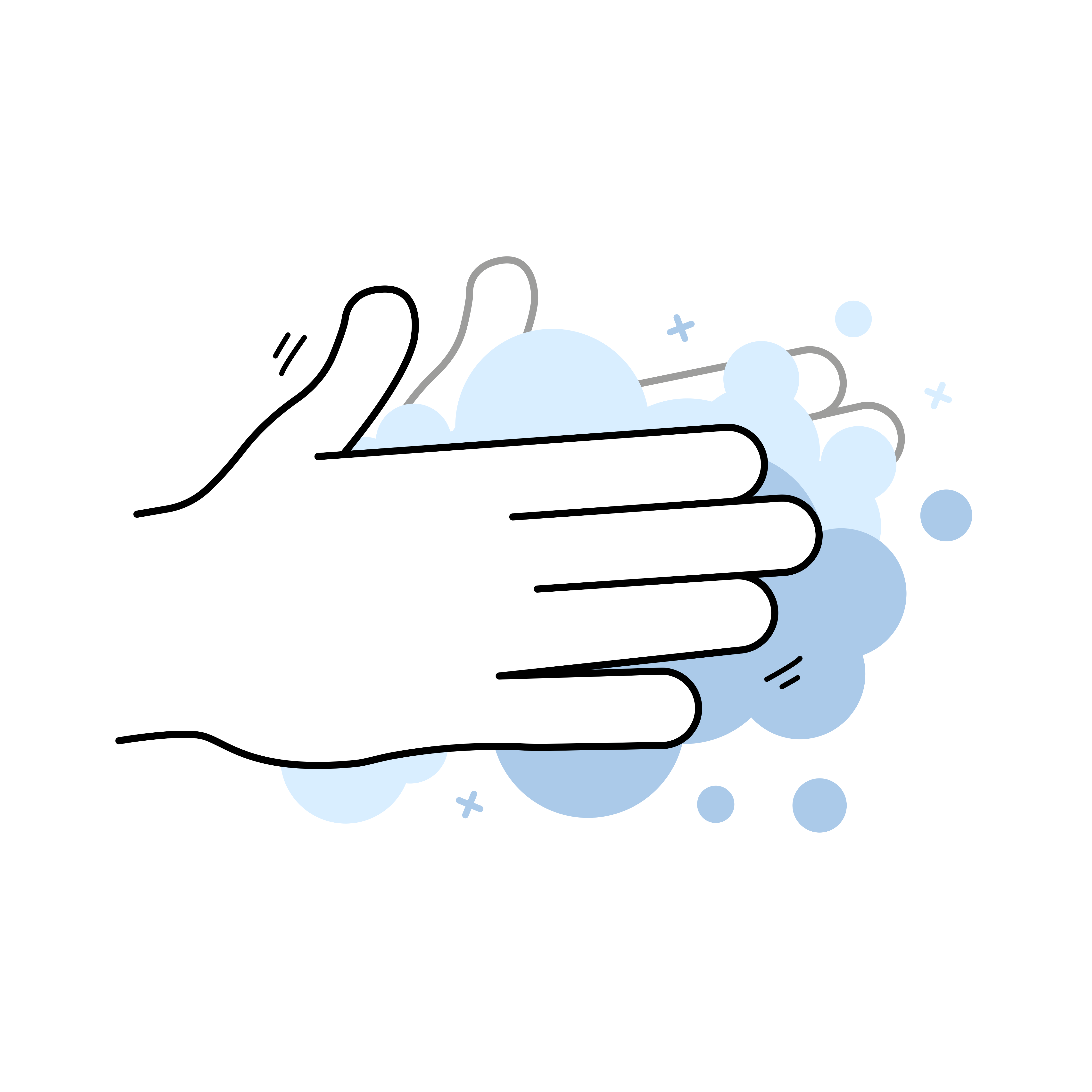

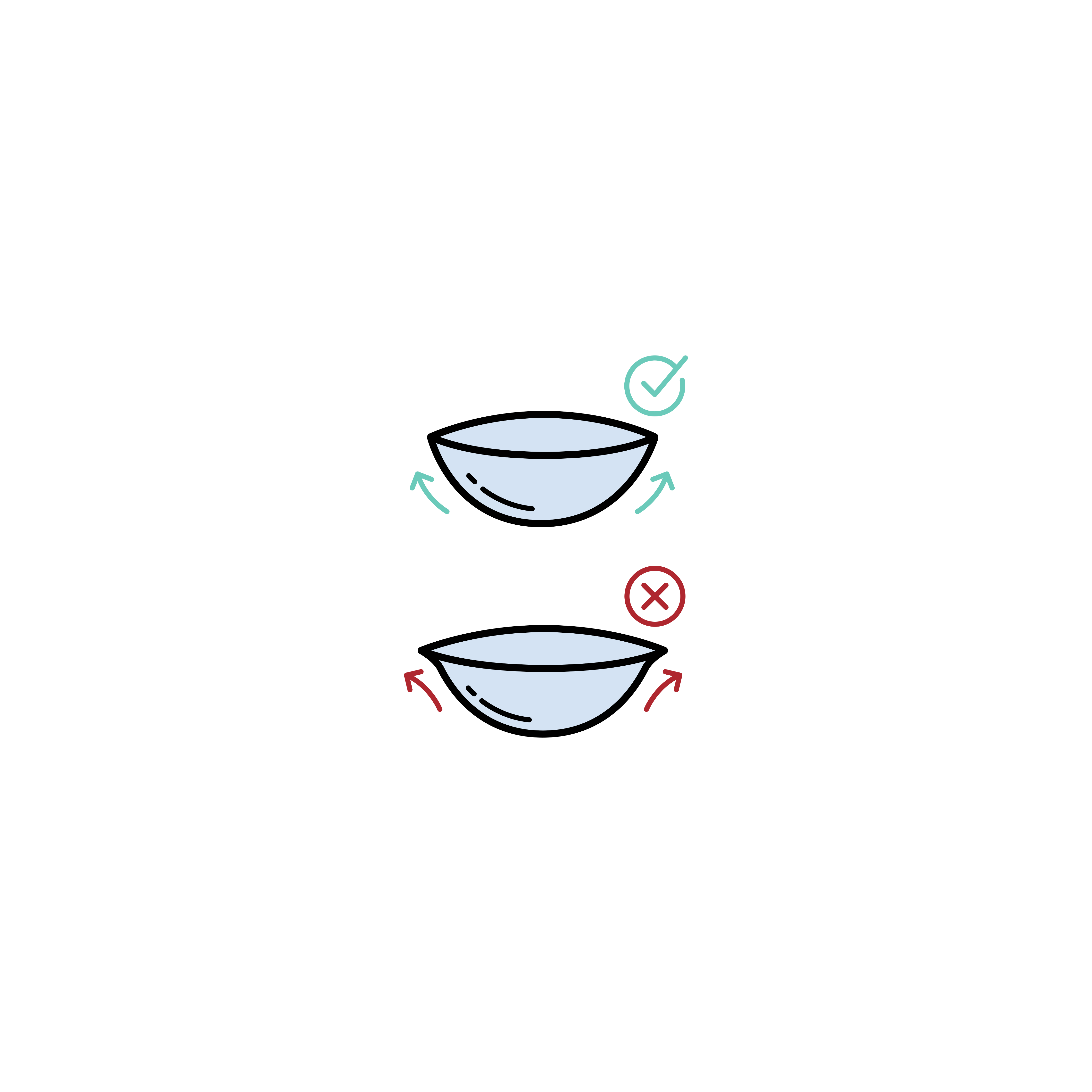
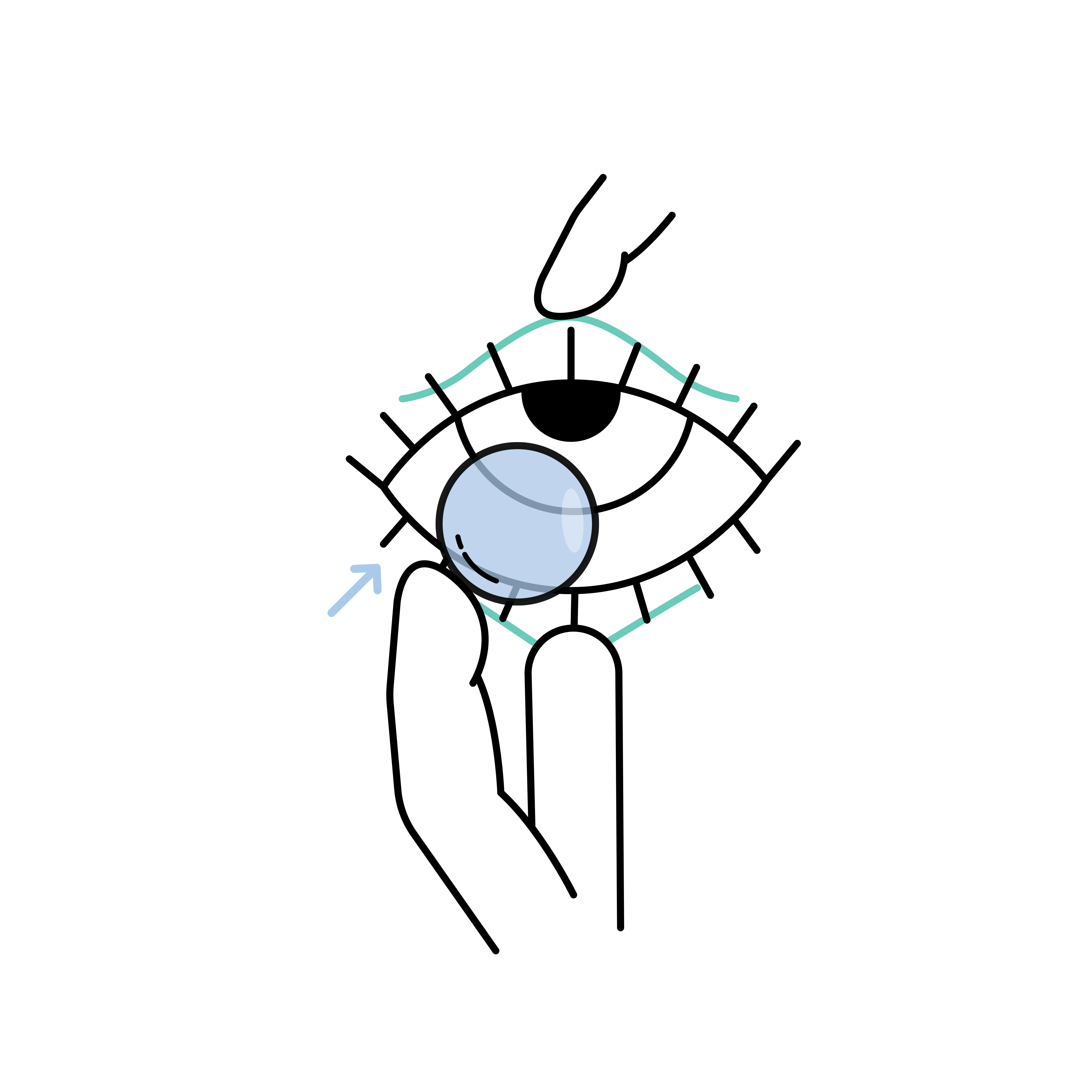
Removing the lenses

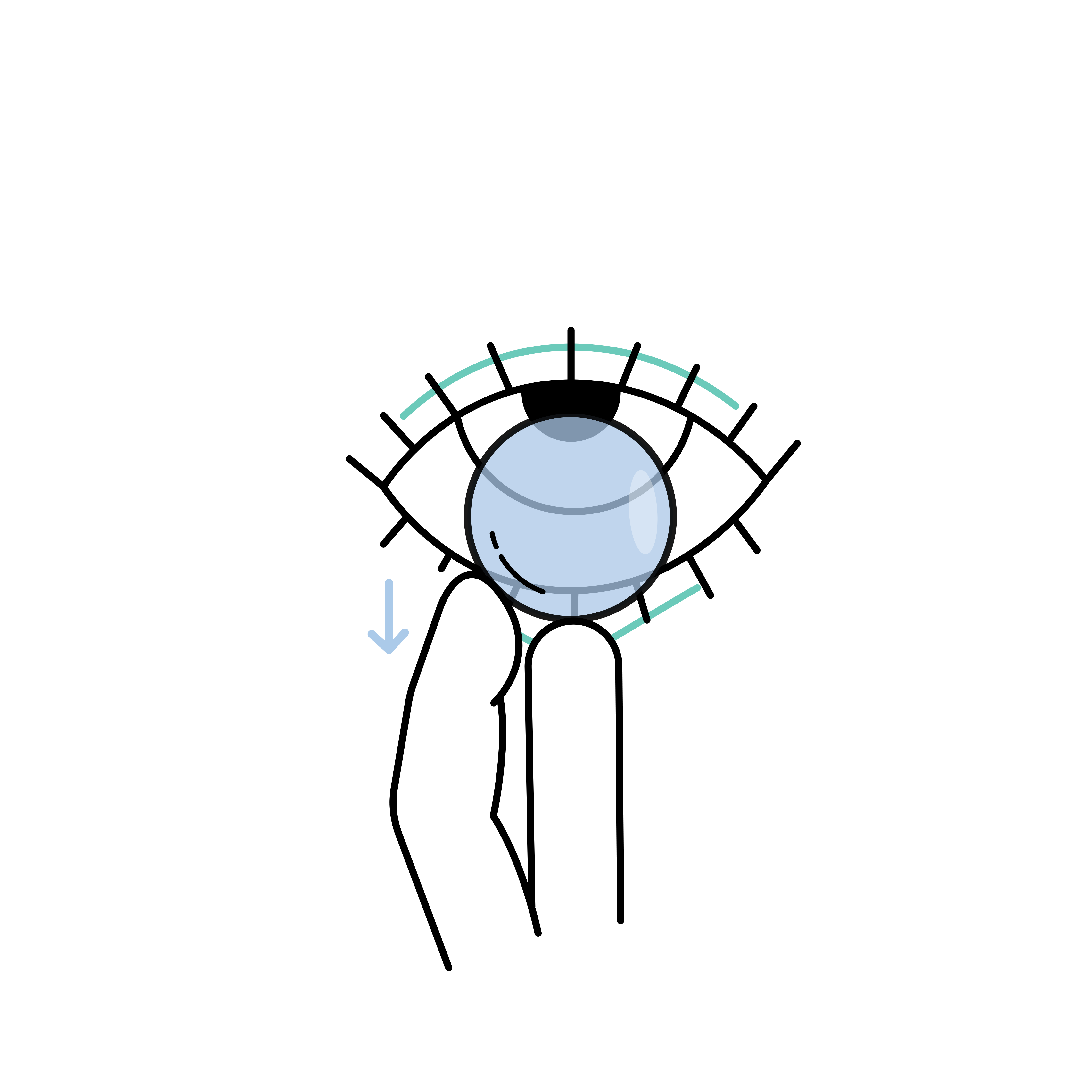
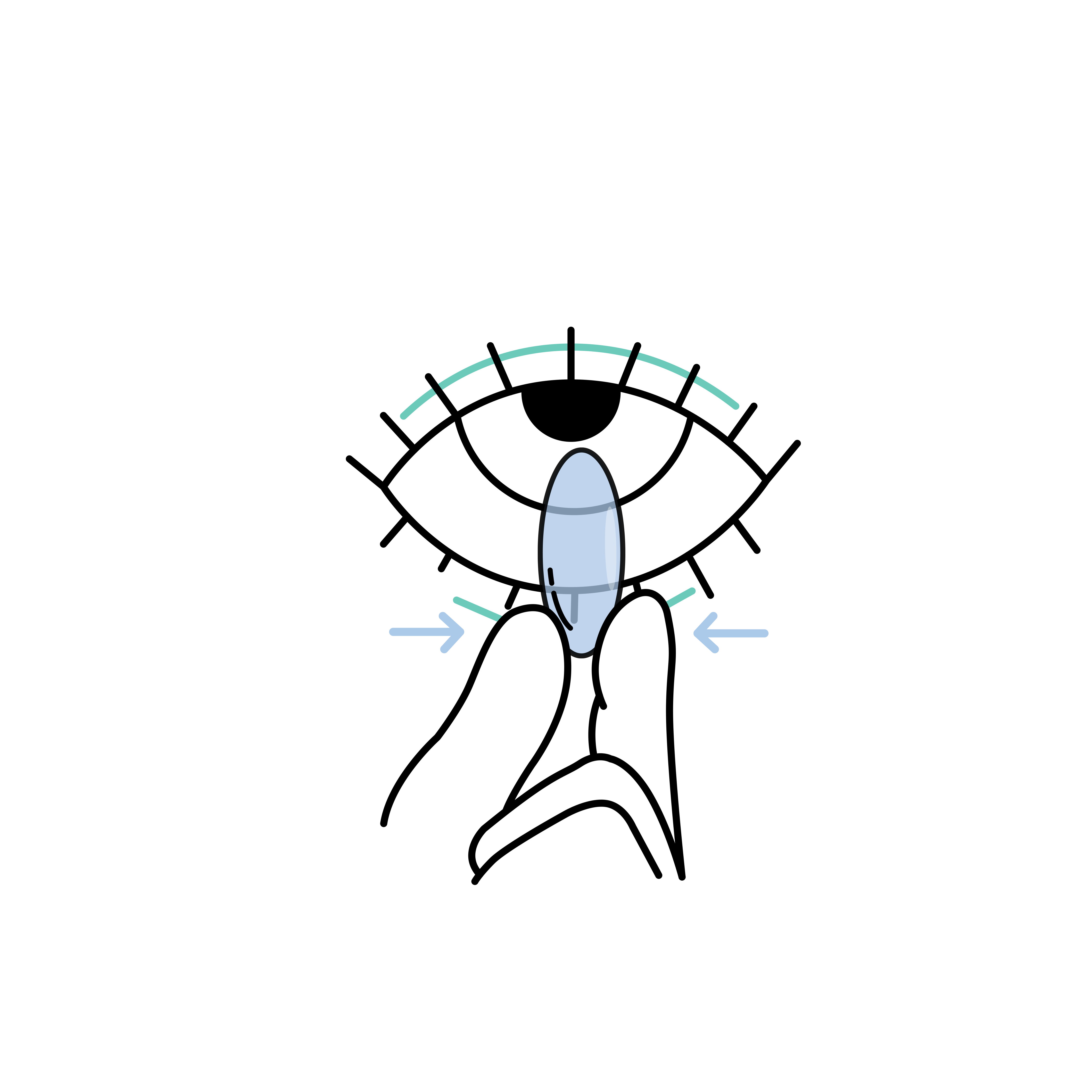
You can also watch our short video for the best tips and advice on how to insert and remove your contact lenses.
Dryness of the eye can be a significant problem for many contact lens wearers. Dry eye becomes more common with age and is more commonplace with women and those who suffer from chronic eye infections such as blepharitis or meibomian gland dysfunction.
A wearer’s environment also plays an important role, long periods of computers use, air conditioning, dry and dusty environments can all increase ones susceptibility to dry eye.
The contact lens material can also make make a significant difference in reducing dry eye symptoms. The newest generation of water gradient contact lenses are an excellent option for people who suffer with dry eye. Water gradient daily disposable lenses have a thin envelope of water surrounding the core of the lens which prevents the lens from dehydrating and reduces friction between the contact lens and the eyelid when blinking.
Optometrists are able to diagnose and treat dry eye and will recommend the best materials and solutions to maximize your contact lens wearing experience.
Contact lens solutions are critical to comfort for monthly and 2-weekly wearers but are not required for daily disposable wearers. A contact lens solution has two major functions; to clean and disinfect the contact lens. The newest generation of cleaning solutions also have wetting agents which improve the wettability of the contact lens surface, further improving comfort.
An individual’s sensitivity to preservatives also needs to be considered. Certain lens care systems may cause toxic responses on the eye which negatively affect contact lens comfort. Preservative free solutions may be recommended to patients who demonstrate these toxicity responses.
Yes. Over wearing contact lenses greatly increase the risk of eye infections. Most eye infections are mild and treatable, although severe infections may cause permanent damage to the eye and may lead to vision loss.
The people most susceptible to eye infections are those who sleep in their lenses, particularly when they’re sick, those who wear lenses beyond the recommended schedule or fail to properly clean their lenses. Over-wearing lenses increases the number of microorganisms on the contact lens surface and also increases their contact time with the eye, potentially causing infection.
To decrease the bacterial load on a lens, it is imperative that you wash your hands thoroughly with anti-bacterial hand wash, clean the lenses every day and avoid wearing the lenses in certain environments such as swimming in rivers and spas.
If your eyes become red or sore while wearing contact lenses, remove the lens immediately. If the irritation subsides after the lens has been removed, inspect the lens for rips and tears and make sure it hasn’t been inserted inside out. If necessary, insert a new lens.
If the irritation returns after re-insertion or does not subside after removing the lens, contact your EyeQ Optometrist immediately. An optometrist will use a slit lamp biomicroscope to determine whether you have an eye infection and can recommend the appropriate treatment.
It is best to consult an EyeQ Optometrist rather than your GP, as most GPs do not have access to slit lamp biomicroscopes. Early detection, diagnosis and treatment of eye infections will lead to faster recovery, greatly lessening the likelihood of permanent visual impairment.
Once diagnosed, eye infections usually require intense treatment involving topical antibiotic drops. Drops will usually be required for several weeks, over which time, contact lenses cannot be worn.
Early detection and appropriate treatment are vital. A contact lens related infection, left untreated for several days, can potentially result in significant corneal scarring and visual impairment.
Our contact lens provider Alcon is experiencing delays fulfilling orders due to a cyber-security incident involving their freight partner, Toll Group. These delays are across their entire network of optical retailers in Australia. We apologise for an inconvenience caused and encourage you to contact your local EyeQ practice for any urgent requirements.